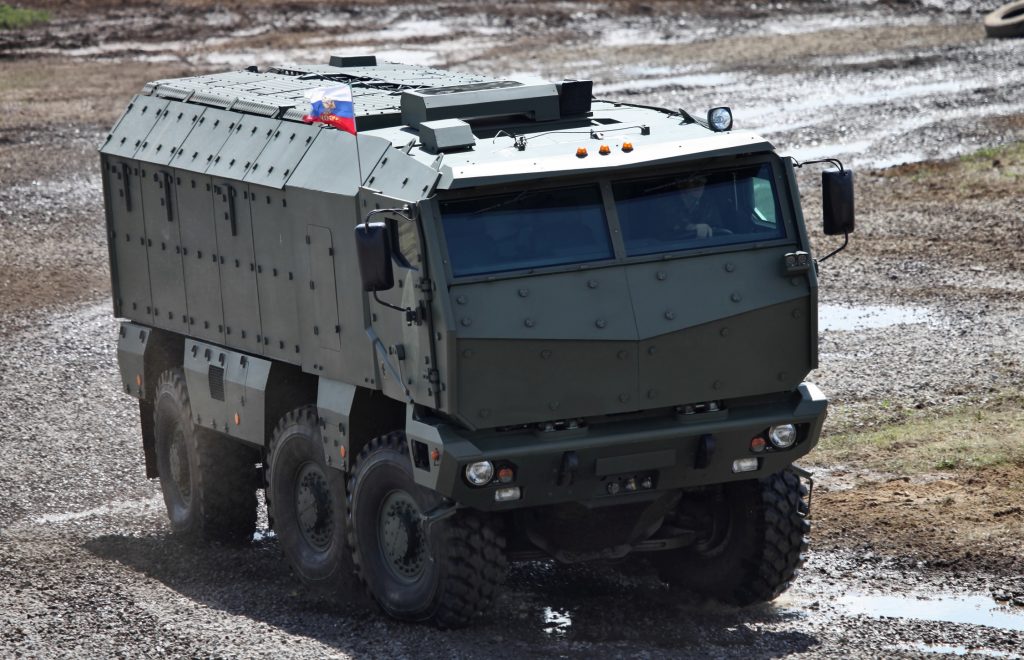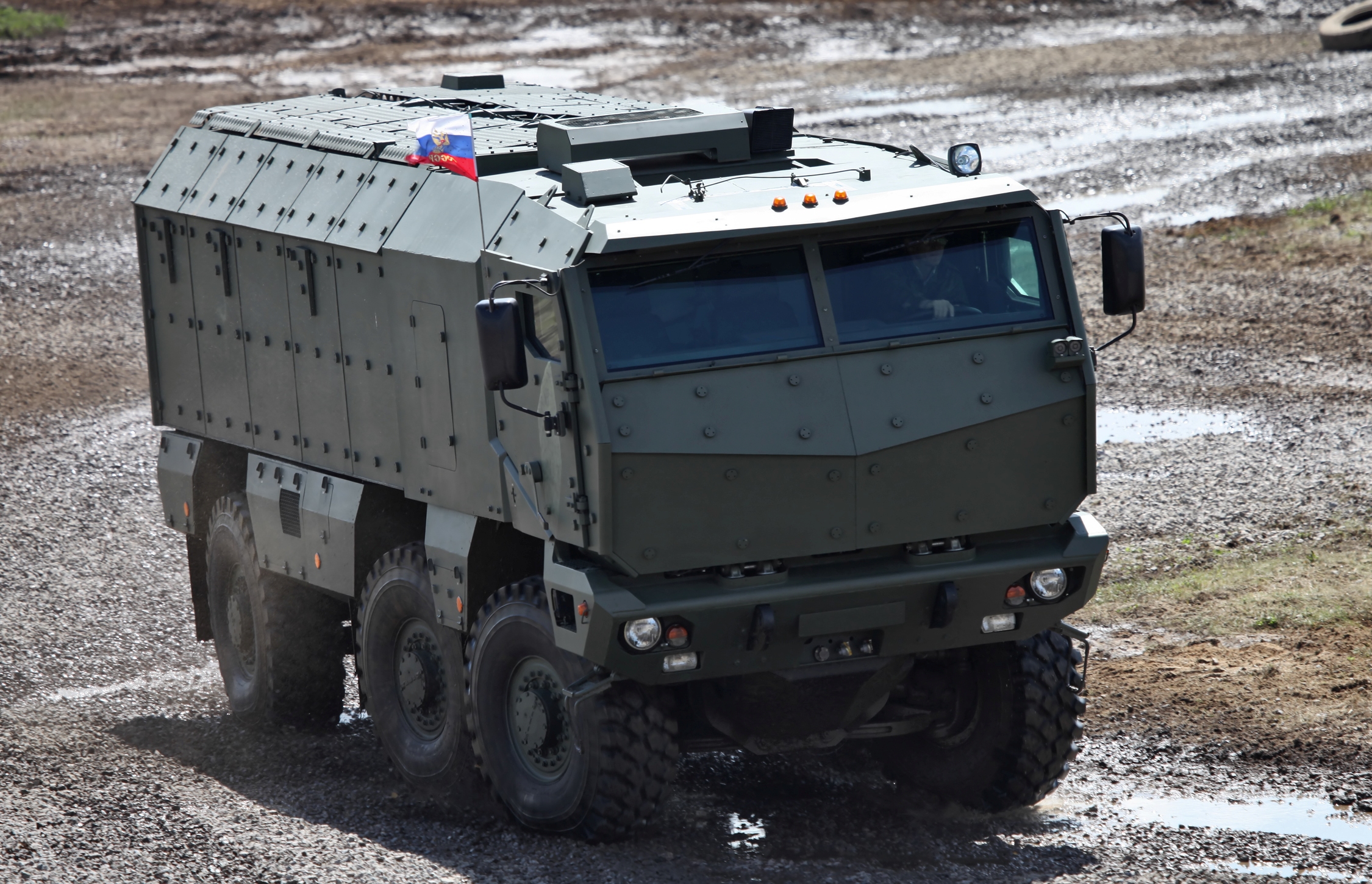
The U.S. armed forces are gearing up to introduce their new medium-range capability (MRC), also known as Typhon, into the Indo-Pacific region in the forthcoming year, as revealed by the area’s commander, Gen. Charles Flynn. Flynn has confirmed that the Typhon system has passed its testing phase successfully, although he remained reticent about the specifics of its deployment, merely acknowledging the presence of “one or two batteries” of the system.
Interestingly, it appears that the mainland U.S. will not be hosting Typhon. Instead, the naval base on Guam or a foreign location, pending an agreement with another country, are the likely candidates for its deployment.
It’s worth mentioning that before 2019 and the U.S.’s withdrawal, the 1987 Intermediate-Range Nuclear Forces Treaty had banned the deployment of land-based Tomahawks. The first Tomahawk battery was deployed by the Marine Corps at Camp Pendleton, California in July.
Flynn, in past public addresses, has reiterated the sentiments of other U.S. Indo-Pacific Command officials, highlighting an increase in regional militaries seeking to train with U.S. forces, a trend that can be linked to China’s increasingly assertive actions in the region.
Last year, Admiral Philip Davidson, the then INDOPACOM commander, suggested to Congress that China might invade Taiwan in as soon as six years. While Flynn didn’t confirm or rule out this possibility over the weekend, he did mention several influencing factors within Chinese leader Xi Jinping’s realm of consideration.
The deployment of Typhon is a crucial step in enhancing the U.S. military’s long-range capabilities and is expected to complement the upcoming US Precision Strike Missile (PrSM) — projected range: of 650 km, and LRHW hypersonic missile, capable of reaching over 2,875 km.
As an additional note, the LHRW hypersonic missile’s planned launch was delayed from 2023 to the following year. Despite the delay, anticipation remains high for the advent of this technology.
Returning to the Typhon or MRC, it’s important to note that this system can launch Tomahawk missiles and SM-6 anti-aircraft missiles from its launchers. These have the capability of destroying air targets up to 240 km away and can also engage land and sea targets at distances of up to 460 km.
A standard Typhon complex battery includes four launchers, a battery control station, a backup unit, and a loading machine.
The significance of the Typhoon MRC The Medium-Range Capability (MRC), which includes launchers, missiles, and a battery operations center, is designed to counter surface threats. This initiative is a key component of the Army’s modernization strategy, which focuses on the development and deployment of new advanced long-range precision fire capabilities.
“Our collaborative efforts with the U.S. Army have enabled us to better understand their critical mission requirements,” stated Joe DePietro, the general manager and vice president at Lockheed Martin, in December 2022.
“Our partnership allowed for the use of technology from our range of ships, launchers, and combat systems. This facilitated the envisioning, designing, integrating, and timely delivery of a solution that meets the Army’s mission requirements. We developed new capabilities by integrating existing and emerging technology, ensuring our soldiers are always prepared for battle and one step ahead,” DePietro further elaborated.
Developed by Lockheed Martin for RCCTO, the MRC is the latest mission capability aimed at aiding the Army’s transformation into a more flexible and adaptable multi-domain force. This capability targets specific threats to penetrate, disintegrate, and exploit critical joint fight targets, enhancing its overall operational capabilities. This capability contributes to the realization of the Army’s modernization ideals, such as speed, range, convergence, air dominance, and overall victory in defeating adversaries. It also provides invaluable support in executing multi-domain operations.





